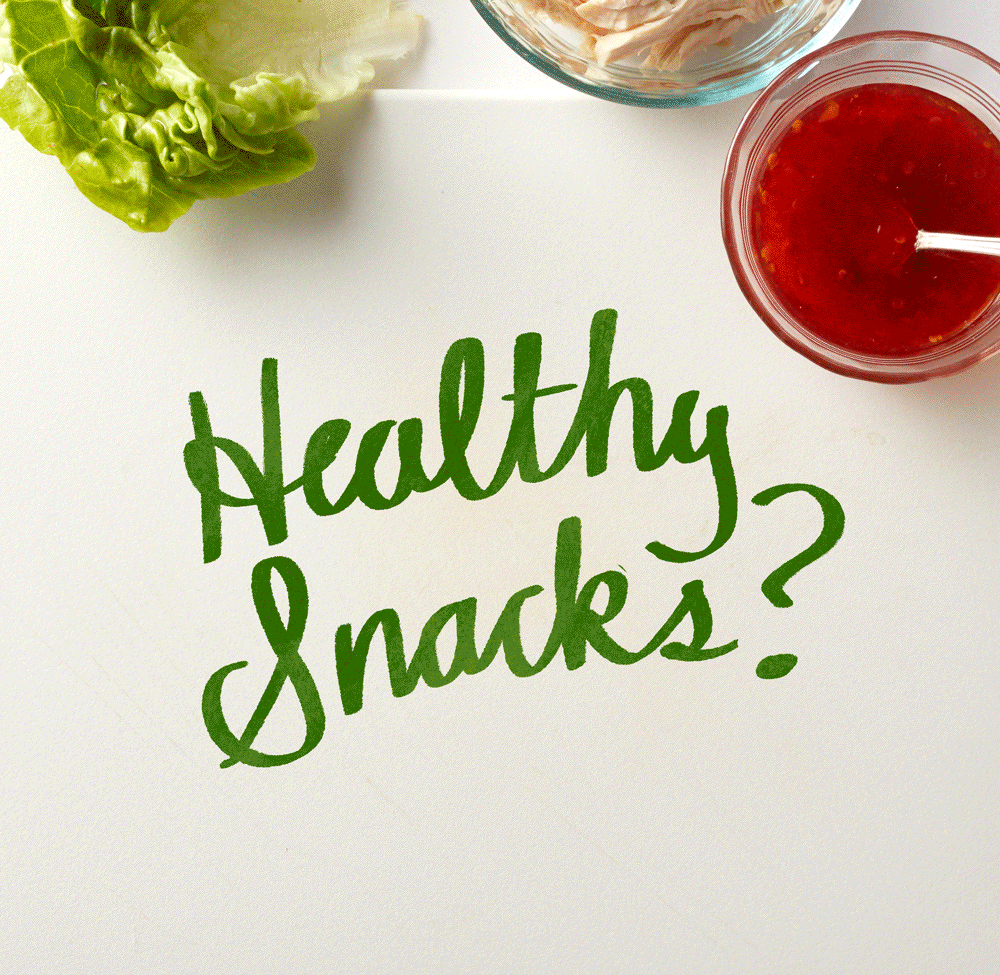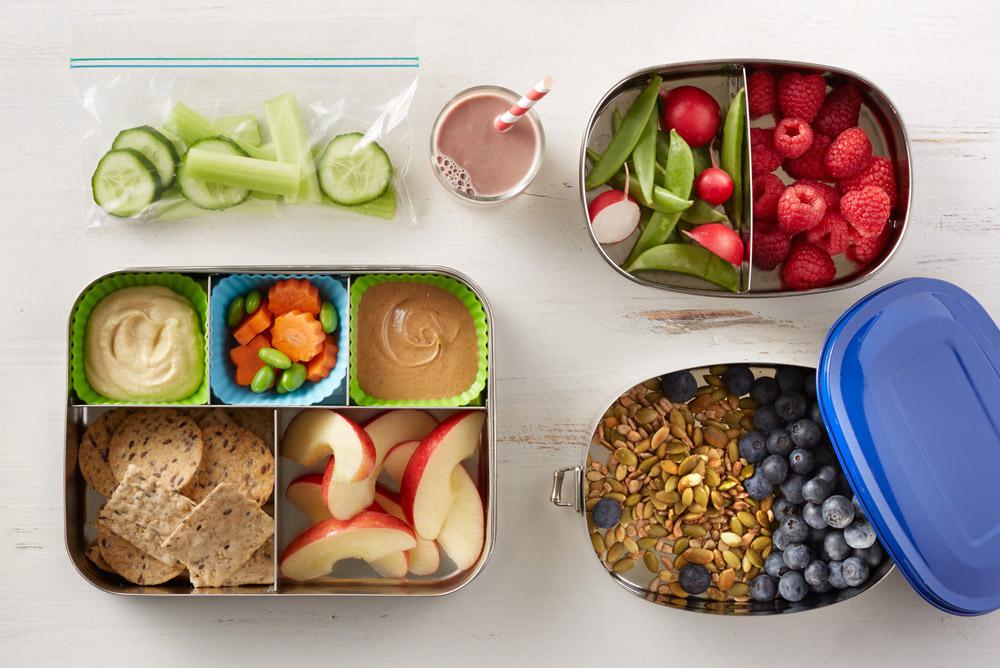Snacking demystified.
Kids groan. Parents cheer. Teachers prepare. It’s back-to-school time, and once again that means fresh starts and new beginnings. Yes, it’s bittersweet with summer winding down and more details to attend to than minutes in the day. But here’s the good news. Managing snacks doesn’t need to be on your worry list. Just follow a few basic concepts to prepare and pack snacks that promote your child’s growth and development.
- Think of snacks as part of the day’s meals. Grains and starches provide quick energy, proteins build bodies, and fruits and veggies protect from illness.
- Ensure basic food safety, starting with washing hands and keeping cold foods cold.
- Promote hydration for health. Tap water is hard to beat, and juicy foods contribute too.
- Pack for healthy teeth. Sugars and simple starches break down quickly and feed oral bacteria that cause decay. In general, focus on proteins, nuts, fresh fruits and vegetables. Try to finish snacking with drinks of water and save sticky foods for times kids can brush their teeth.

Making the most of each bite.
Snacks are often small, quick bites, but ideally they’re filled with big nutrition. Let your child’s hunger guide the amount they eat. Your job as parent is to supply wholesome foods, and your child’s job is to let you know when they’ve eaten enough. Avoiding obesity means recognizing hunger and satiety cues. Help your child learn to rely on built-in cues for hunger and thirst. A 9-13-year old may need as many, or more calories than you do. On the other hand, times between growth spurts may make you wonder where children get all that energy when they’re hardly eating a thing.
The lettuce wrap is an example of a nutrient-dense snack. Carrots, lettuce and herbs provide 99 percent of the day’s vitamin A needs (healthy eyes) and 88 percent of vitamin K (those growing bones). The chicken provides 27 percent of the all-important niacin for maintaining a healthy nervous system. By composing the wrap, the child is learning to combine foods into a nutritious mini-meal.
Working together to promote family values.
It can be hard to find quality time together when everyone is busy. Why not multitask and make snack preparation a family activity? Working together lets parents hear about their kids’ activities while providing a moment to share environmental and food values. How long can cheese or nut butter stay at room temperature? Why does hummus need to be refrigerated? Learning food handling skills helps children become self-sufficient. And who knows? They may reward you by making lunch.
If you can find the time (and patience) to shop together, search for containers that fit the child’s interests. Think of orchestrating the production of transportable snacks as building healthy minds and bodies, all while making memories.
Snack Pairings.
New school, new classrooms, new friends. If there’s ever a time for comfort food, it’s right now. The nutritionally balanced pairings listed in this chart are classic combinations (and aid in cavity prevention), but you and your family have a whole year to experiment and discover new favorites.
Perhaps your child wants to explore new flavors. Increase the likelihood that snacks are eaten by offering options. Let your child choose additional pairing criteria such as flavor and texture. Include dried berries and spiced nuts in the trail mix for sweet and spicy flavors. Balance the texture of crunchy cucumbers with creamy hummus or yogurt dip. Making choices helps children learn. Healthy snacks keep brains sharp and bodies strong to help students make the most of all the opportunities a new school year provides.

